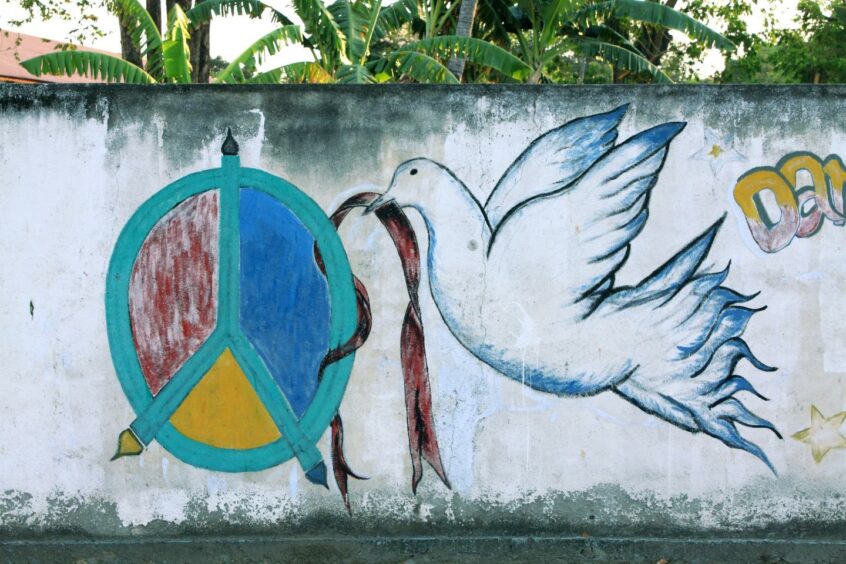
Only five blocks out of 18 blocks offered in East Timor’s second licensing round have been awarded. East Timor’s National Petroleum and Minerals Authority (ANPM) said that it has awarded three onshore blocks and two offshore blocks.
Australia’s Santos, which operates East Timor’s only producing field Bayu Undan, won offshore Block R, near the Kitan, Buffalo and Bayu-Undan fields. While Bayu Undan partner, Eni of Italy, received offshore Block P, which is close to the Greater Sunrise fields.
East Timor’s national oil company Timor GAP won onshore Block A, while Esperanca Timor Oan (ETO), a Timorese company, secured the rights to onshore Block B, and HTS Exploration of Kazakhstan was awarded onshore Block F.
Nine bids were submitted from seven companies for the six blocks awarded.
“The results seem disappointing even with Eni and Santos doing their duty, especially given the effort out into promotion around the world,” an industry expert that has studied East Timor’s geology told Energy Voice.
Significantly, Australia’s Santos and Italy’s Eni are investigating options to re-purpose the Bayu Undan facilities to extend the life of the project, including a carbon capture and storage (CCS) scheme to store carbon dioxide (CO2) from fields in nearby Australian waters. Given the pair’s ambitious plan for the world’s largest carbon storage facility offshore East Timor, which requires good relations with East Timor’s authorities, it would have been surprising if they had not supported the upstream licensing round.
Nevertheless, despite the lackluster results, the entry of “new parties to exploration in the region is to be applauded,” Simon Molyneux, managing director at Perth-based upstream consultancy Molyneux Advisors, told Energy Voice.
He added that the bidding round faced challenges. “I expect that COVID, travel restrictions and strategic changes in investment priorities all contributed to a muted response to this round.”
“There was comment in the exploration community that the fiscal terms were out of step with the prospectivity, risk appetite of the industry, and challenges of development,” said Molyneux.
Santos and Eni’s bids appeared to be aimed at “securing the peripheral opportunity to existing resource and potential CCS developments,” he added.
Molyneux also noted that it was “great to see competition” for onshore Block F, awarded to HTS and that “it will be interesting to see what happens next.”
Still, the industry expert that has studied East Timor’s geology, who wished to remain anonymous, was less optimistic on the country’s exploration prospects. “Onshore is always going to be difficult finding anything commercial. While offshore, the Timor Trough, which presents a physical barrier to the proposed onshore processing projects East Timor craves, is not going to help any offshore development,” said the source.
Meanwhile “the shallow water areas have been given a fair going over, although it’s possible there is something to be found in the Flamingo Trough. Deep waters south of Timor and north of the Timor Trough could be interesting, but will be technically challenging and expensive, so that is unlikely,” added the source.
Plucky explorer Timor Resources is currently exploring onshore East Timor, which is also known as Timor Leste. In March, the company said it had encountered “hydrocarbon shows of significance” while drilling its second well onshore East Timor. The company is considering an initial public offering (IPO) to raise more funds in its quest to unlock the nation’s petroleum potential. Significantly, there are no firm figures for the hydrocarbon shows yet, but plenty of hope.
Elsewhere, Sunda Gas is busy completing various studies that could lead to the commercial development of the shallow-water Chuditch gas discovery offshore East Timor. The company is reprocessing old seismic data and hopes to eventually drill an appraisal well.
